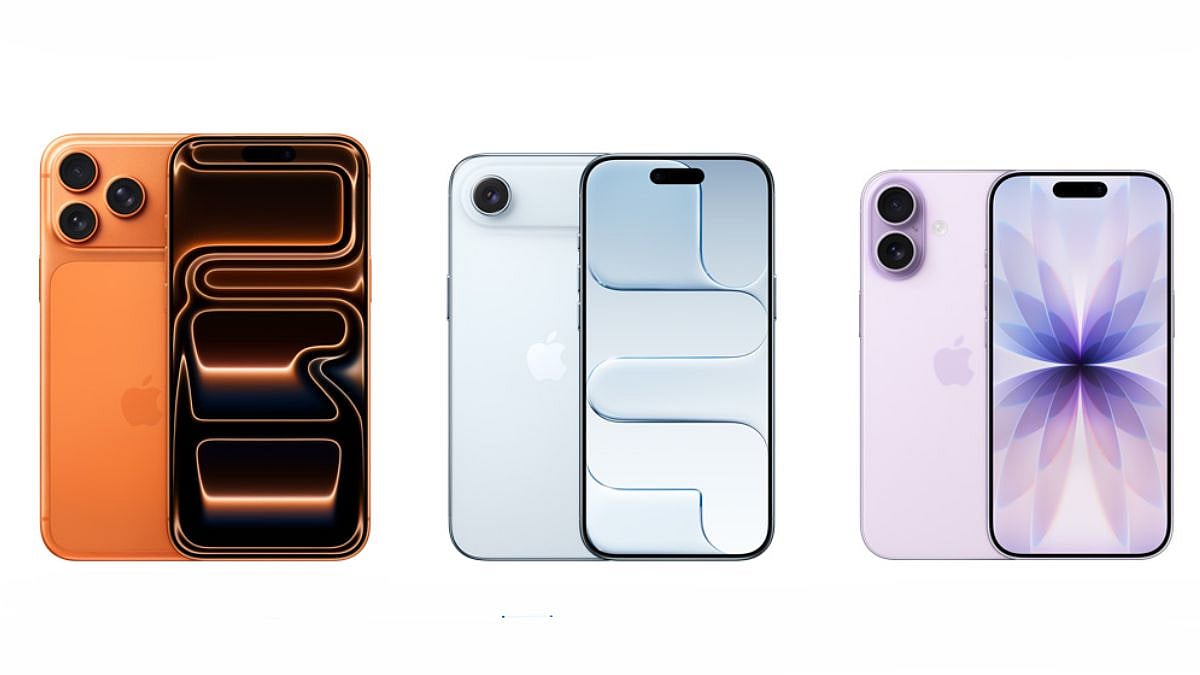The unification of robotics in warehouse operations is empowering industries to grow in a fast-paced scenario. Automating processes like handling, sorting, picking and replenishing products, robots are performing with higher accuracy which is strengthening warehouse operations and order fulfilments.
With the introduction of gesture-based technology, robots are now able to interact with their surroundings making instant decisions. In conversation with Free Press Journal, Sangeet Kumar, CEO & co-founder, Addverb, on how robotics is enabling warehouses to scale faster and smarter.
How robotics is enabling warehouses to scale faster and smarter?
These robots are enabled with smart and modern technologies including machine learning algorithms, vision systems and sophisticated sensors equipping them to operate in challenging environments. With the introduction of gesture-based technology, robots are now able to interact with their surroundings making instant decisions.
Additionally, AI-powered warehouse management systems united with robotics, granting real-time tracking and predictive analytics. This helps to increase efficiency, enables better decision making and optimizes workflows.
How does HOCA improve warehouse efficiency compared to traditional systems?
HOCA revolutionizes space utilization with its customizable configurations, adapting seamlessly to available space. It features compact picking zones (5–10 square meters) and multiple carrier size options, supporting payloads of up to 80 tonnes, with a maximum of 900 kg per carrier. With an accuracy rate exceeding 99%, HOCA ensures precise operations, enhancing storage efficiency and minimizing errors.
HOCA’s paperless picking system consolidates multiple orders into a single batch, allowing operators to process several orders simultaneously, thereby reducing walk and search time. Its intelligent software supports various picking strategies, adapting to different operational needs.
What inspired the development of gesture-based picking technology?
By enabling operators to interact with warehouse systems through natural gestures, we have significantly reduced picking time, minimized errors, and enhanced overall productivity. This innovation aligns with our commitment to human-robot collaboration, ensuring that automation complements human capabilities rather than replacing them.
Moreover, as businesses face increasing demand for faster and more accurate fulfilment, gesture-based picking provides a scalable and seamless solution to optimize workflows while prioritizing worker comfort and safety.
What are the key improvements in this advanced version of Trakr?
Trakr 2.0 is designed to enhance agility and mobility. It can carry payloads of up to 20 kg and navigate complex environments with ease, thanks to its advanced vision technology.
With a weight of 48 kg and a height of 640 mm, Trakr 2.0 is built for efficient material handling. It moves at a speed of 2 km/h and operates for up to 90 minutes on a single charge, ensuring minimal downtime. The robot is equipped with stereo cameras for enhanced vision and supports gesture-based commands.
How are technologies like AI and robotics transforming warehouse automation?
AI-powered systems can upgrade processes such as demand predictions, route optimization and automated decision making leading to advanced logistics operations.
Cutting-edge technologies like robotics and artificial intelligence enhance operational efficiency and productivity by minimizing the need for human intervention. Through advanced robotics for different warehouse operations, processes can be optimised. This helps not only to streamline workflow, but also cut costs significantly.











